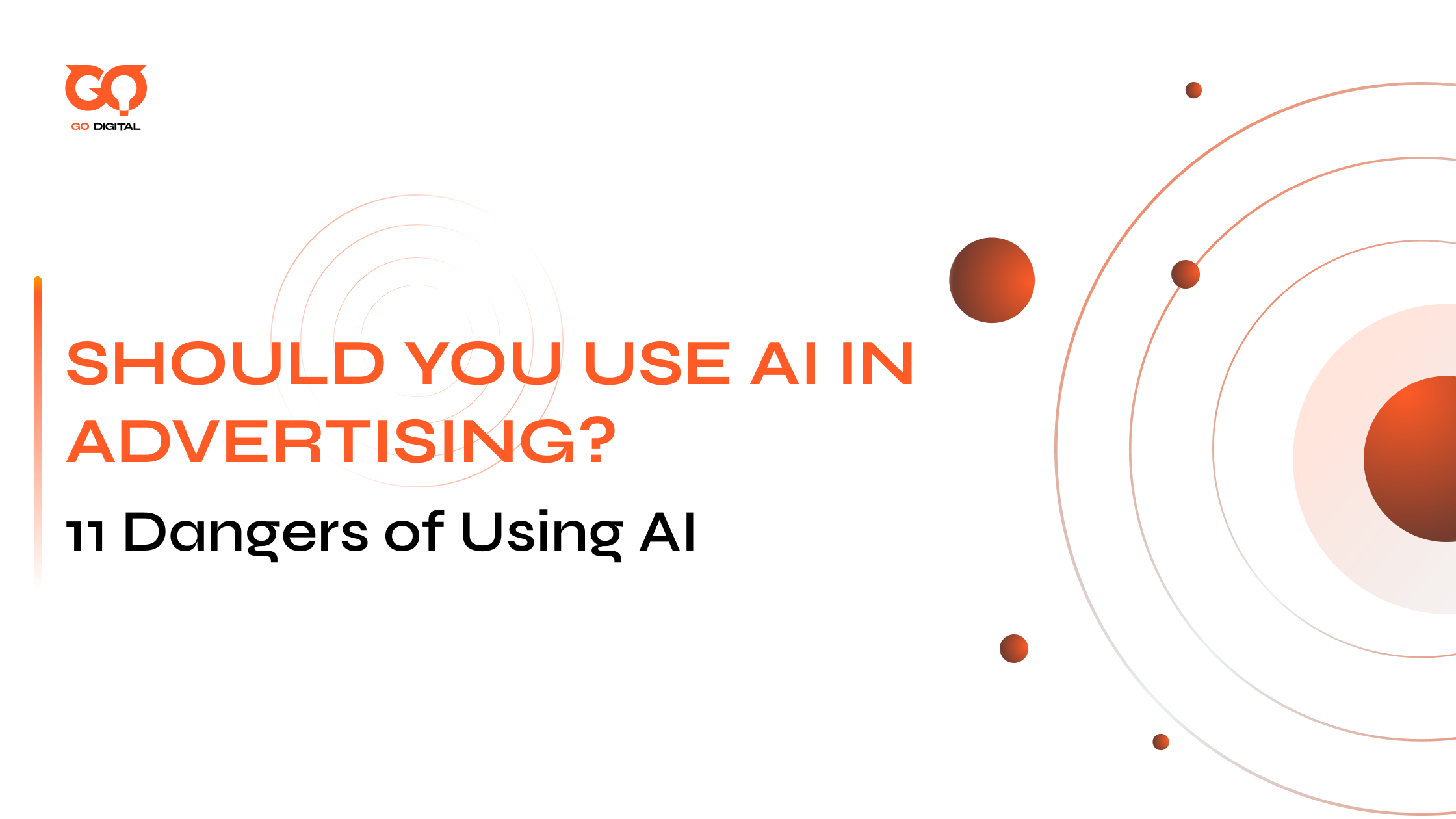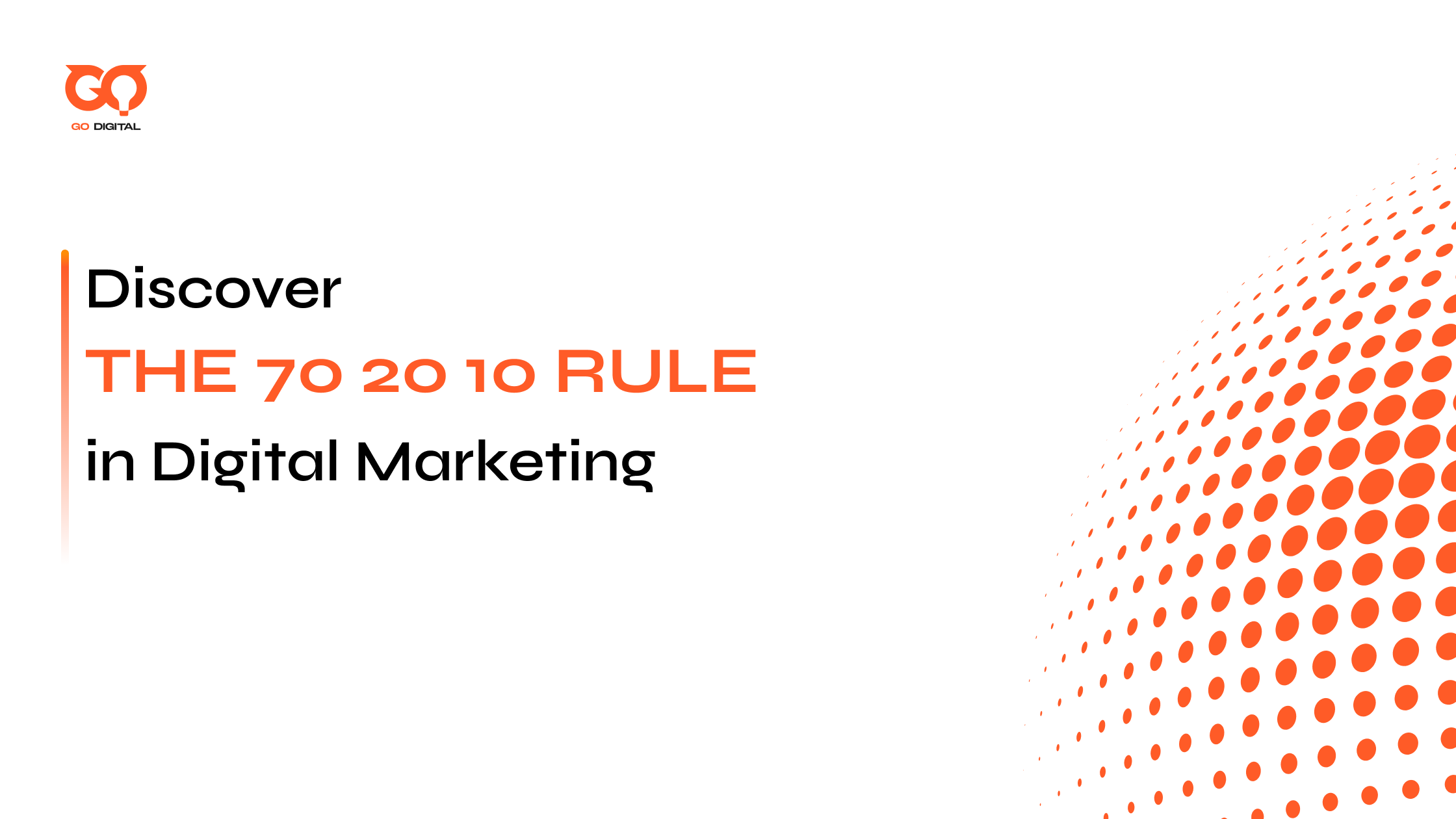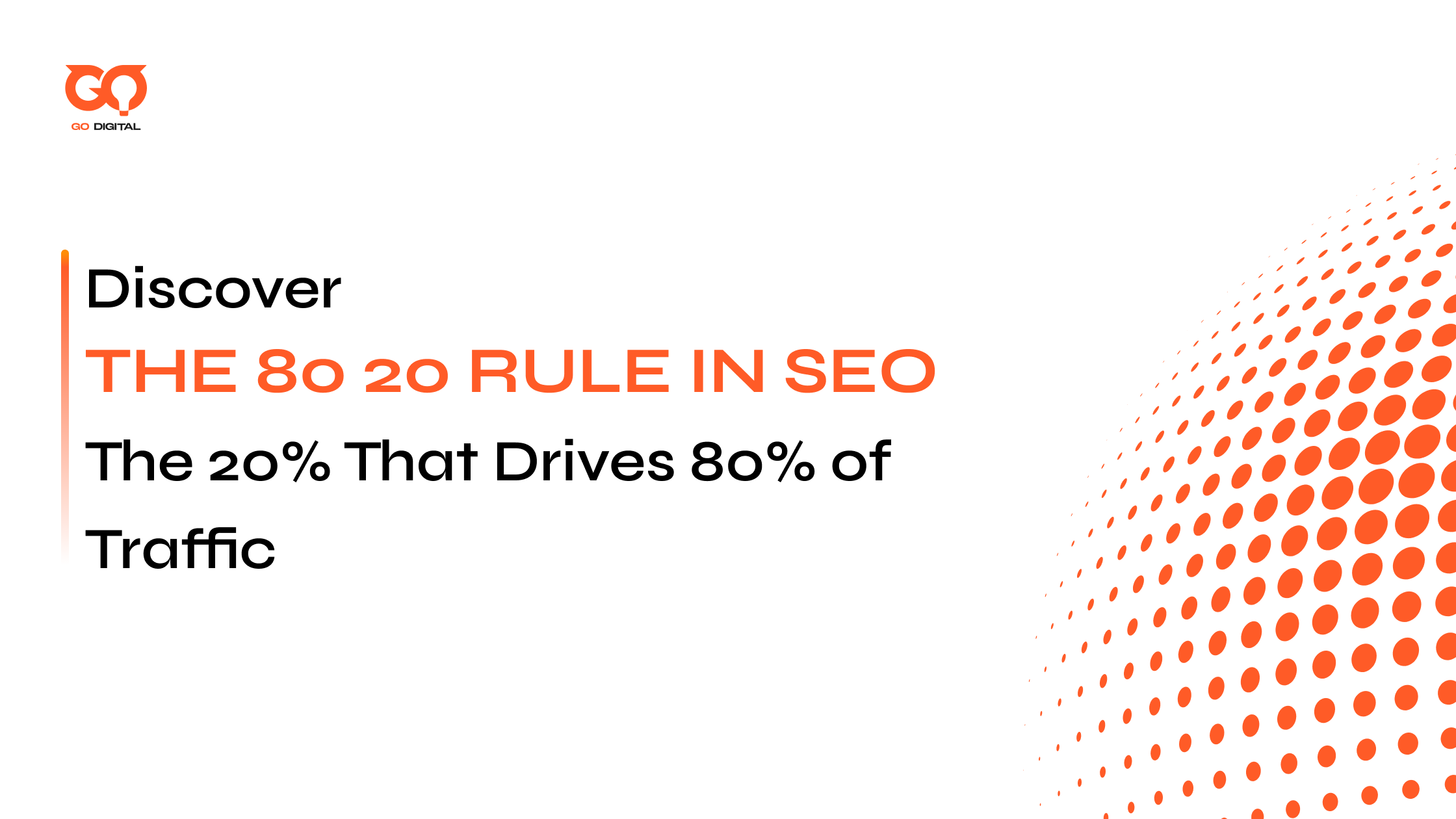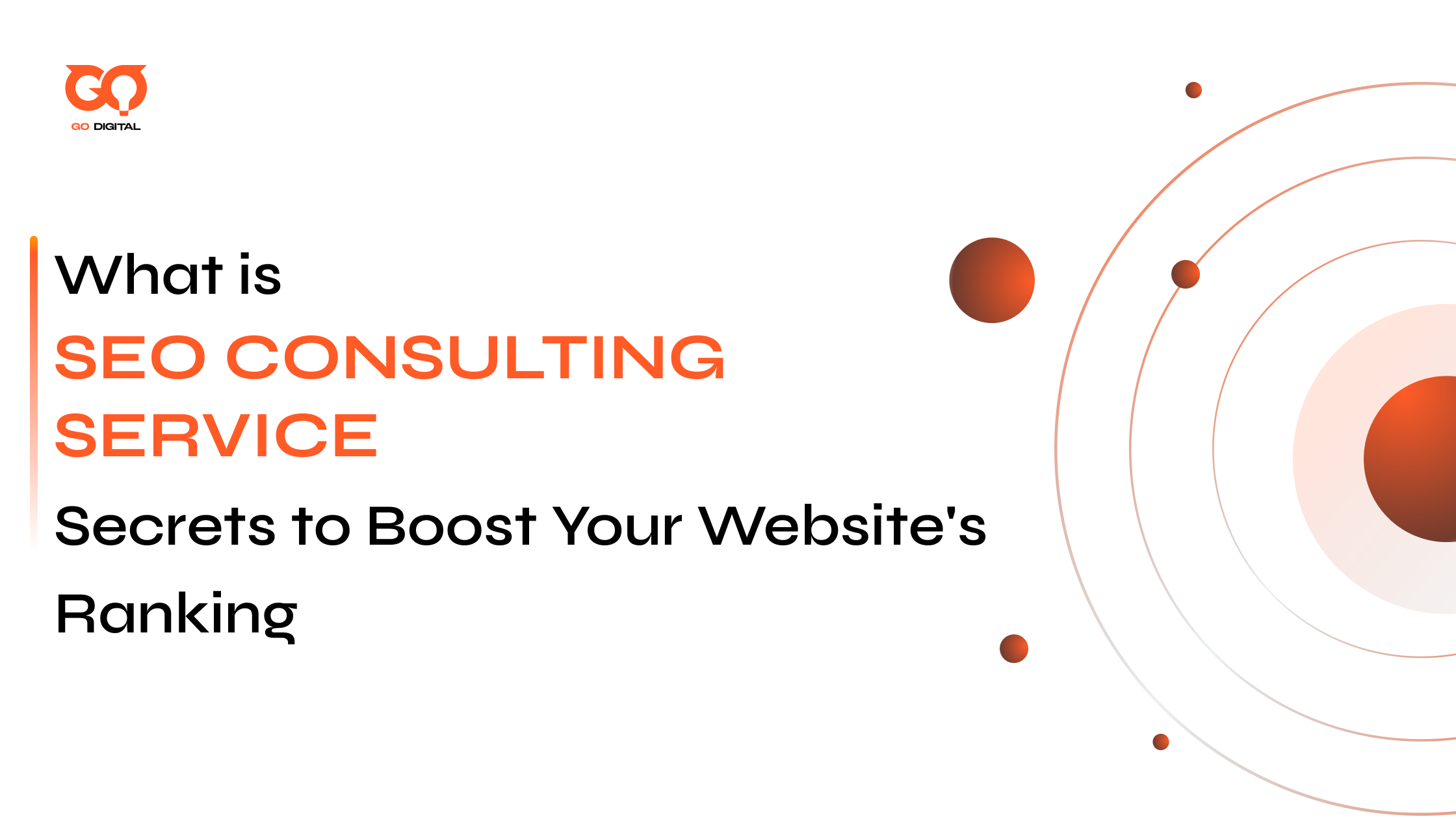The use of Artificial Intelligence (AI) in marketing is opening up a new world. Where campaigns are personalized for each user, budgets are optimized down to the last cent, and ROI skyrockets.
However, lifeless, impersonal ads and the risk of machines replacing strategic thinking remain. So, should you use AI in advertising? This article will analyze in more detail when, how, and why AI can be your greatest ally. Read now!
Key Takeaways
|
How AI is Used in Advertising Today
AI is already integrated into many parts of the advertising process. Its main uses fall into three key categories.
Generative AI
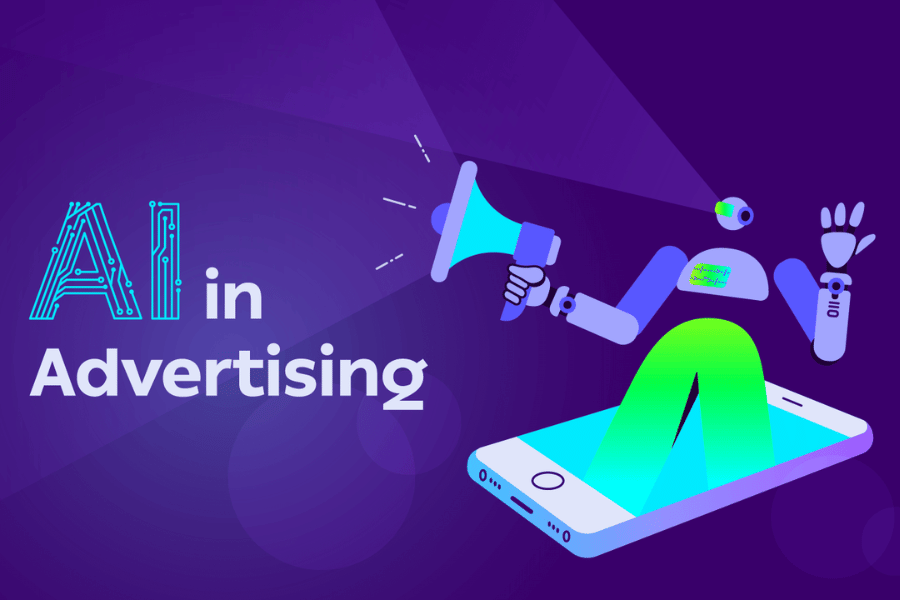
Chat GPT is the most well-known use of AI in digital advertising
This is the most well-known use of AI in digital advertising. Generative AI creates new content based on user prompts.
- ChatGPT: Creates text-based content like product descriptions, blog posts, social media updates, and ad scripts.
- DALL-E: Creates completely new images from text descriptions, offering a way to generate unique ad visuals.
- Platform-Integrated AI: Tools like Google Ads AI automatically suggest headlines and descriptions or select appropriate images for campaigns.
AI Audience Targeting
AI can analyze huge amounts of data to find the right people for an ad campaign. This is a powerful use of AI for audience targeting.
- It analyzes user behavior, interests, and demographics from large datasets to identify potential customers.
- It predicts future behavior, helping advertisers optimize their ad spending by focusing on the people most likely to convert.
AI Analytics
AI helps make sense of campaign performance. It can process data much faster than a human can, providing detailed reports, forecasting campaign effectiveness, and even making automatic adjustments to optimize performance.
If you’re curious about AI’s broader impact beyond advertising, explore how AI is reshaping the current marketing landscape
11 Dangers of Using AI in Advertising
Relying too much on automation without human oversight can lead to serious problems. Here are 11 dangers of AI advertising risks:
1. Getting Data from an Unreliable Source

AI is only as good as its data
Have you checked your AI data sources recently? If you feed an AI inaccurate or low-quality data, its output will also be unreliable. For example, using flawed data for ad targeting can lead to wasted ad spend and missed sales opportunities.
To collect accurate and reliable data, follow these steps:
- Use verified tracking pixels like Meta Pixel or Google’s pixel to gather user behavior data.
- Insert the pixel code into your website to track visits and actions through cookies.
- Leverage clean data to optimize PPC campaigns, personalize ads, and improve targeting.
- Consider Meta’s Conversion API, which connects your website directly to Meta’s servers without using cookies.
2. Bias in AI Algorithms
AI doesn’t just learn patterns — it learns our prejudices too. When trained on biased data or guided by flawed objectives like “maximize clicks,” it can unintentionally discriminate against certain groups.
That’s exactly what happened with Facebook’s ad platform, which faced lawsuits for excluding demographics from housing and job ads — a clear reminder that bias in AI isn’t just unethical, it’s illegal and costly.
3. Lack of SEO in Product Descriptions
AI can write fast—but not always smart. It often skips basic SEO essentials, ignoring the keywords and intent your customers actually search for. The result? Beautiful copy that no one finds.
To fix it, use AI for speed, but keep humans in charge of keyword strategy and editing. Tools like DataFeedWatch can help bridge that gap, blending automation with real SEO control.
4. Overpaying for AI Software
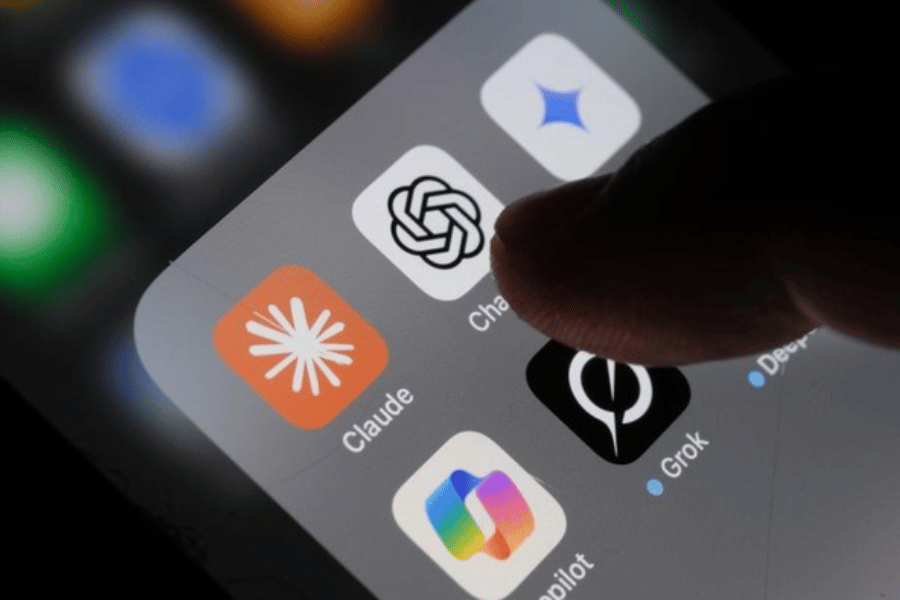
Subscribing to overlapping AI tools can quickly drain your budget
The AI market is easy to sign up for multiple software subscriptions that offer similar features. Without a clear strategy, you can end up overpaying for AI tools that you do not fully use.
According to the 2024 SaaS Management Index by Zylo, the average organization’s spending on AI-native applications has skyrocketed, showing a 75% year-over-year increase. Furthermore, 65% of IT leaders report being hit with unexpected SaaS charges specifically due to consumption-based or AI-driven pricing models.
To avoid this, clearly assess your advertising needs and those that can be improved by using AI. Then you can research tools that have the specific features you need.
5. Losing Your Brand’s Original Voice
Does AI-generated content actually enhance your brand, or is it just automation? If you rely on AI to write all your ad copy, your ads might lose the unique personality and voice that makes your brand special. Your messaging can become boring and sound like everyone else’s.
You can share clear guidelines to tailor the AI-generated content to your preferred tone and messaging. However, it’s still important to review and edit the AI’s work to make sure it aligns perfectly with your style and standards.
6. Losing Your Brand’s Human Touch
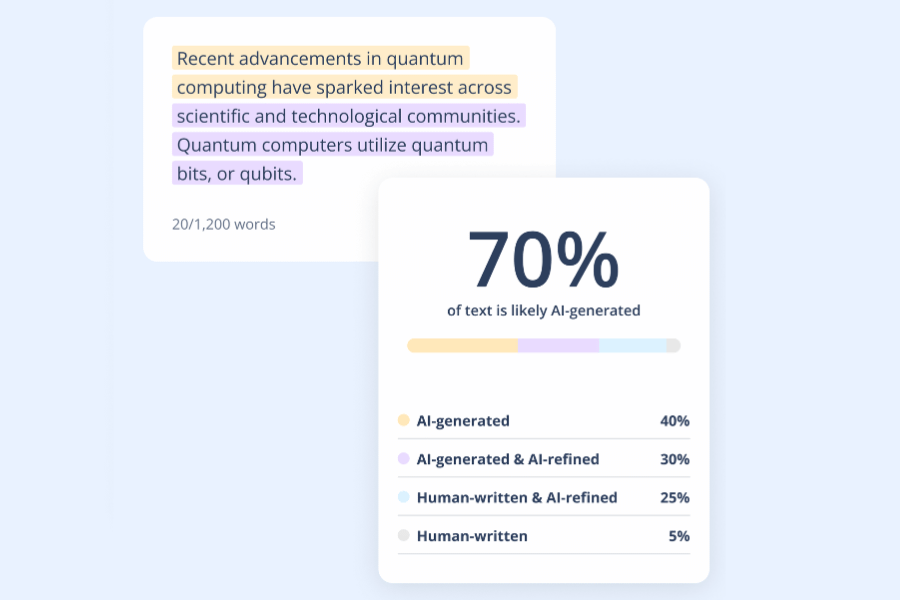
AI-driven ads can feel cold and inauthentic, breaking the human connection
In fact, humans don’t enjoy dealing with emotionless, automated systems. They want authentic connections with brands that show empathy and understanding. Adding a human element to your online ads helps build trust and emotional bonds with your audience.
A missing human touch can show up as:
- Generic or impersonal messaging
- Weak ad design that fails to connect
- Limited emotional engagement
- Slow or inflexible responses
- Ignoring customer feedback online
- Ineffective chatbots or poor support
To understand your audience, maintain regular interaction through surveys, social media, and feedback channels to understand their needs and feelings.
7. Possible Legal Disputes
Using AI to create images or text can sometimes lead to copyright or intellectual property disputes. A brand could be held responsible if its AI-generated ad accidentally uses protected material. Are your security protocols strong enough to combat these modern threats?
8. Security Attacks
AI systems can be exploited in several ways, posing serious risks to your business.
- Malicious Code Injection: Attackers embed harmful code into shared AI models. In 2024, over 100 models on the Hugging Face platform were found to contain malicious code capable of stealing data upon execution.
- Data Poisoning: Intentionally feeding corrupt or biased data into a model’s training set to sabotage its outcomes.
- Adversarial Prompts: Using cleverly crafted prompts to trick an AI into bypassing its safety filters to generate harmful content.
To safeguard your AI systems, implement the following measures:
- Encryption: Encrypt all sensitive data (customer info, training datasets) to protect it from theft.
- Access Control: Use two-factor authentication (2FA) and enforce the principle of least privilege, giving employees access only to necessary data.
- Regular Updates: Keep all AI software and libraries updated to patch known security vulnerabilities.
- Employee Training: Educate your team on AI security risks and safe usage practices.
9. Falling Behind on New Updates
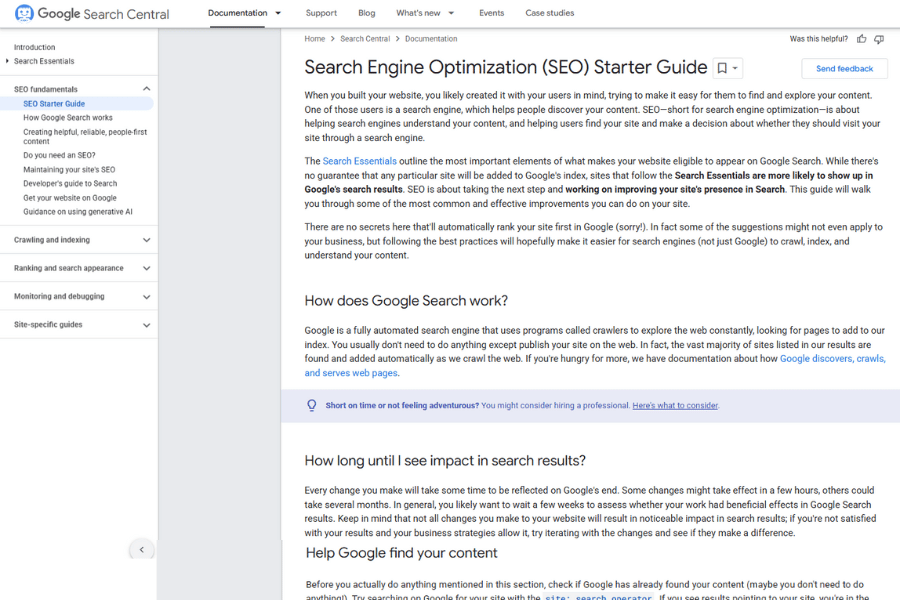
Read the release notes from Google, Meta, whatever software you use
AI technology is changing at an incredible speed. The tool that is popular today might be outdated in six months. It takes continuous effort to stay informed about the latest updates and best practices, and falling behind can put you at a disadvantage.
Some things you can do to be proactive in your AI education are:
- Attend industry conferences and take new training
- Network with experts
- Find a podcast or other media source you can engage with regularly
- Read the release notes from Google, Meta, whatever software you use
10. A Bad PPC Strategy Scaled with AI is Even Worse
If your underlying Pay-Per-Click (PPC) strategy is flawed, AI will just scale those mistakes. It will efficiently spend your budget on the wrong keywords or target the wrong audience, wasting money faster.
Focus instead on building a strong foundation first. Then you can use AI as a powerful tool to enhance and optimize your campaigns. With the right combination, you’ll be able to create success and growth for your business.
11. Overspending Ad Budget Without Setting Limits
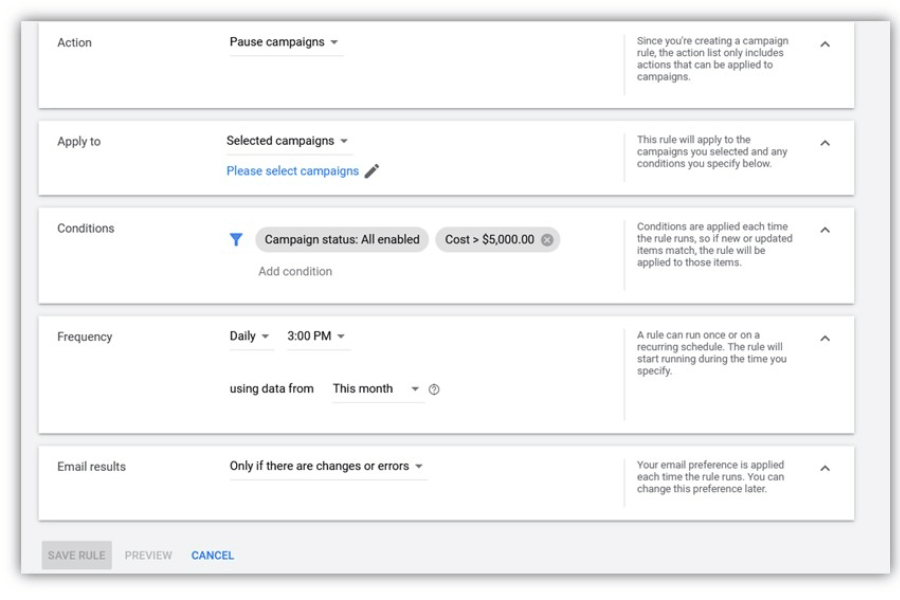
Rules that pause campaigns automatically when funds run out
Many advertising platforms use AI to automatically manage and spend your ad budget. Without clear limits and careful human monitoring, these systems can quickly overspend your budget.
To reduce the chance of going over your ad budget with AI tools, you can:
- Define specific spending limits before launching campaigns.
- Check and adjust your budget on a regular basis.
- Use budget control systems, such as:
- Daily or monthly caps to manage total spend.
- Rules that pause campaigns automatically when funds run out.
- Alerts or notifications when expenses reach a set threshold.
AI ads example: Successes and Fails
AI performance can lead to brilliant, creative campaigns or embarrassing public failures. Here are some examples of successes and failures from some major brands:
Heinz x AI: When a Brand Becomes the Algorithm
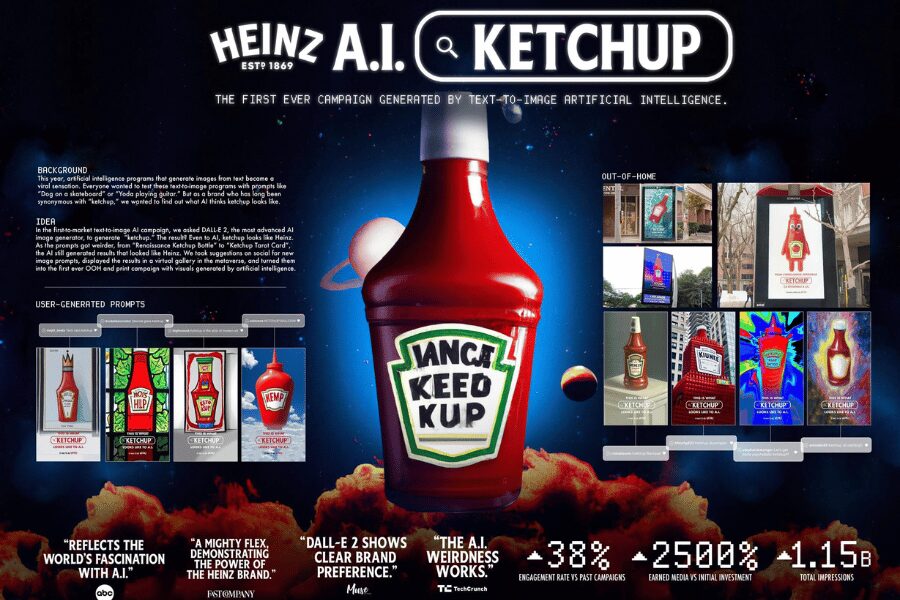
Heinz proves that even AI knows Heinz is ketchup
Heinz pulled off one of the smartest AI campaigns ever—by spotting a truth hidden in plain sight. When you ask image generators like DALL·E to create “ketchup,” they almost always draw… Heinz. That’s not coincidence—that’s brand domination coded into the internet itself.
Heinz seized the moment with its “Ketchup AI” campaign, inviting people to create their own AI-generated ketchup images. The internet went wild: over 1.8 billion impressions, tens of thousands of submissions, and even a Cannes Lions win. Proof that when a brand is truly iconic, even AI knows it.
Coca-Cola’s Holiday Campaign: Big Fail

Coca-Cola’s ad campaign made by AI is making people uncomfortable
Coca-Cola attempted a similar user-generated concept but with disastrous results. They launched a holiday campaign using AI to let people create their own festive art on digital billboards in high-traffic areas. However, the AI had dangerously poor moderation and control.
Within hours, people realized they could exploit the system. The consequences were swift and damaging:
- Rapid Negative Virality: Social media platforms, especially X (formerly Twitter), were flooded with images of users tricking the AI into generating bizarre, offensive, and politically charged images, all displayed publicly under the Coca-Cola logo.
- Immediate Backlash: The campaign was labeled a “PR disaster” by major news outlets, leading to widespread public ridicule and damaging the brand’s family-friendly image.
- Forced Shutdown: Faced with immense public pressure, Coca-Cola was forced to pull the plug on the multi-million dollar campaign almost immediately after its launch.
Conclusion
So, should you use AI in advertising? The answer is yes, but AI cannot replace human strategy, creativity, or ethics. The dangers of biased data, loss of brand voice, and technical errors are real. It can process complex data and automate time-consuming tasks, offering clear benefits of AI advertising in terms of pure efficiency.
At Golden Owl Digital, we leverage cutting-edge technology to amplify human creativity, creating campaigns that are not only data-driven and efficient but also authentic and emotionally resonant. Contact Golden Owl Digital now to apply AI to your campaign.

Jaden is an SEO Specialist at Golden Owl Digital. He helps brands rank higher with technical SEO and content that resonates

